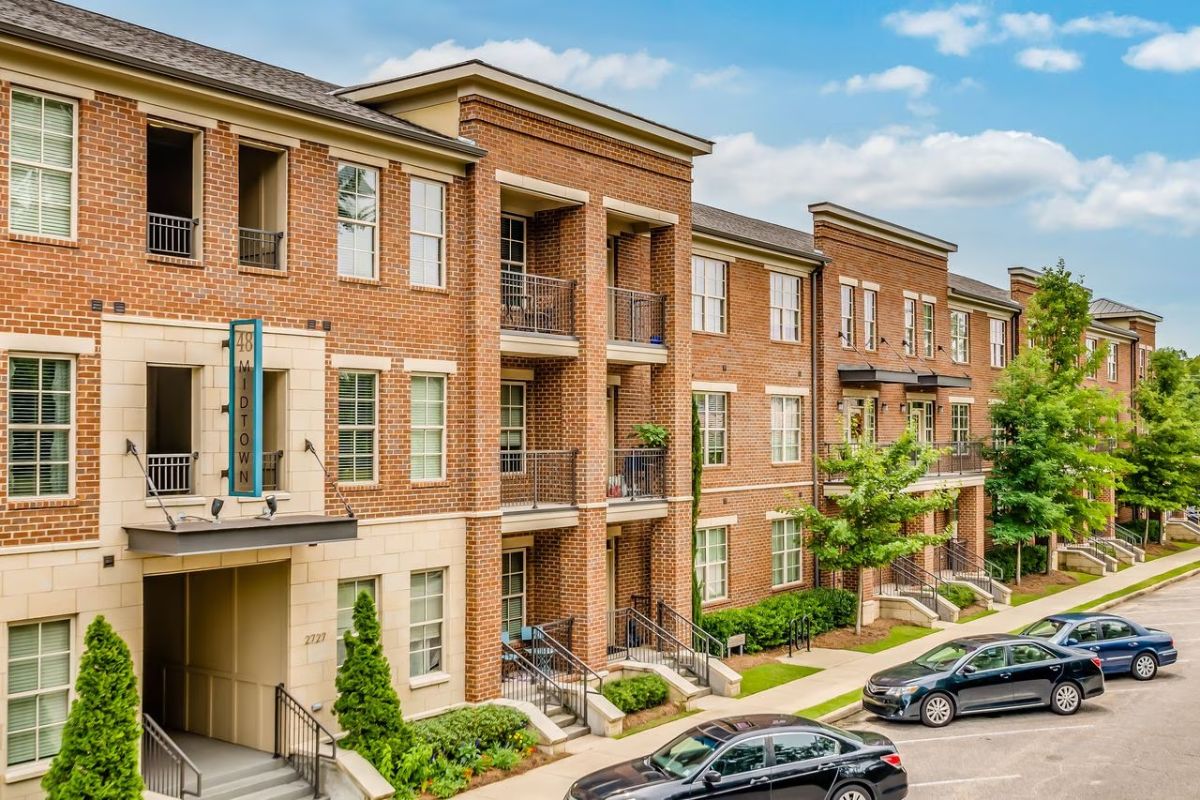The rental market has experienced a significant shift in 2023, with rents across the United States showing a year-over-year decrease of -0.7% as of the latest estimates in July.
This decline marks the first time since the early days of the COVID-19 pandemic that the rental market has witnessed a year-over-year price drop. Notably, the rental market's response to the pandemic has highlighted a divergence between core cities and suburban areas.
While both have experienced rent increases, the suburbs have seen slower declines compared to their urban counterparts. This article delves into the reasons behind this phenomenon and explores the implications for suburban rental markets.
The Emergence of the Urban-Suburban Gap
Since 2020, the rental market has witnessed rapid rent increases, primarily concentrated in America's suburbs. The influx of new residents into suburban areas placed substantial pressure on the existing housing supply, leading to a surge in rents.
However, core cities also experienced rent increases, albeit at a slower pace. Between March 2020 and July 2022, suburban rents increased by 27%, while core cities saw a growth of 20%.
Although there has been a modest drop in rent growth since then, the gap between suburban and core city rent growth remains significant.
Widening Urban-Suburban Gap amid Falling Rents
Despite the overall decline in rents, the affordability windfall has been slower to reach the suburbs compared to core cities. The urban-suburban gap has steadily widened over the past eight months due to slower rent drops in the suburbs.
Across 33 metropolitan areas, the year-over-year rent declines in core cities reached -1.7%, while in suburban areas, the decline was -1.2%. This signifies that suburban rent growth has outpaced core city rent growth by nearly 8 percentage points, the highest disparity observed to date.
Notably, some metropolitan areas, including Seattle, Los Angeles, and Washington, D.C., have seen an even greater urban-suburban gap, with core cities experiencing significant rent cuts before slowly returning to pre-pandemic prices.
Metropolitan Variations in Rent Growth
Analyzing specific metropolitan areas reveals that the urban-suburban gap varies widely across different regions. For instance, Portland, Oregon, exhibits a substantial gap, with core city rent growth at 1.7% compared to 22.8% in the suburbs.
Similarly, Detroit, St. Louis, and Atlanta show considerable gaps in rent growth between core cities and suburbs. However, it is worth mentioning that New York City breaks this trend, with higher pandemic rent growth observed in the urban core than in the surrounding suburbs.
Other metropolitan areas, such as Tampa and San Jose, also demonstrate this reversed trend, primarily noticeable in large but lower-density metros.
Future Outlook for Suburban Rental Markets
As the rental market moves forward, it is expected that rent growth will continue to cool in the coming months, particularly during the winter season when fewer moves typically occur.
Additionally, a robust construction pipeline is anticipated to create new apartment vacancies. The key question is whether forthcoming rent drops will remain concentrated in urban centers or if they will extend to the suburbs.
The return of workers to downtown offices may shift apartment demand back toward core cities, while a recent study indicates that the majority of new building permits issued last year were for suburban areas.
Achieving a better supply-demand balance in the suburbs will require sustained strong supply growth over the years to regain some of the affordability lost during the pandemic.
Conclusion
The rental market has experienced a notable decline in rents, but the slowdown has been more pronounced in suburban areas compared to urban centers. The urban-suburban gap has widened, underscoring the disparities in rent growth between the two.
While some metropolitan areas exhibit a reversal of this trend, most regions continue to witness a higher rent growth in the suburbs. As the market evolves, it will be crucial to monitor how rent drops unfold and whether they will extend to suburban areas, bringing about a more balanced supply-demand dynamic.





